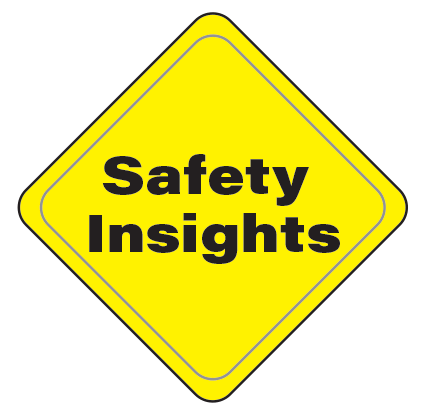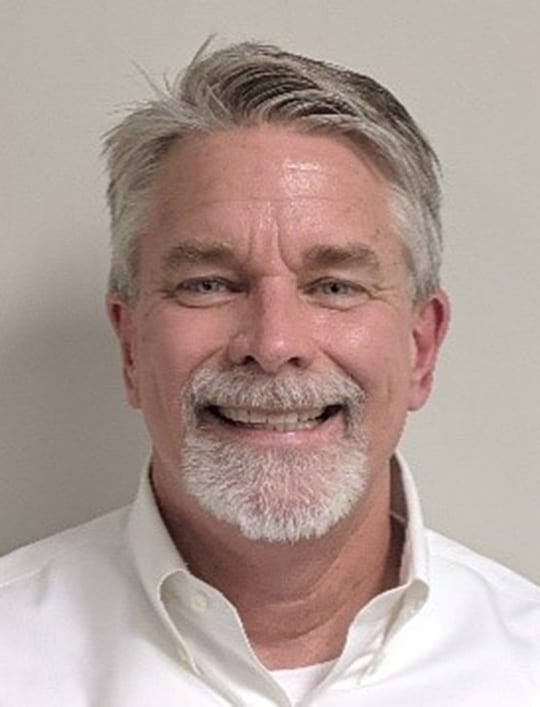
You’re a Safety Leader,
Whether You like It or Not!

Photo credit: mihailomilovanovic / E+ via Getty Images
By Barry Rice
You’re a Safety Leader, Whether You like It or Not!
Many managers and owners of Restoration Companies don’t realize the influence their actions, behaviors, and words have on others in the company. This ability to influence has a huge impact on the culture of a company - especially the safety culture!
Merriam-Webster Dictionary defines culture, in terms of a company, as “the set of shared attitudes, values, goals, and practices that characterizes an institution or organization”. (1) If these attitudes, values, goals and practices are shared, then at some point in time somebody in the organization felt they were important enough to pass on to others. How can that be done? Let’s cover some of the ways I have seen that done.

Photo credit: Varijanta /iStock / Getty Images Plus via Getty Images
Awareness
This relates to my statement of influence through actions, behaviors, and words. Everybody should be aware of their influence; especially managers and owners. Employees observe how you act and react to unsafe conditions. Do you walk right past barriers or warning signs without asking questions or wearing PPE? Do you walk into a mold job without a suit or respirator? Do you walk past frayed extension cords and not stop to request they be replaced? Then don’t be surprised if your employees do the same!
Employees pay attention to how you react to safety issues and challenges. If you’re not concerned, do expect employees to be concerned either!
Also, employees listen to what you say….and don’t say. (They might not show it, but they do.) Do you take the time to communicate the need to wear and the importance of PPE for specific jobs? Or does it go unmentioned?
Culture Goal
Does your company have a work culture? More specifically, a safety culture?
I’d bet you do. If you’re not sure, it’s probably not a good culture!
So how do you develop a safety culture? First, realize it’s a never-ending goal and it won’t happen overnight. The good news is it’s never too late to start and any step forward is good.
I’m a trained EHS guy, so I’ll always start with a combination of the following:
- Written programs - what you say you’re going to do
- Ongoing training - how to do it right
- Consistent communication – reminders of how to do it right

Photo credit: Orla / iStock / Getty Images Plus via Getty Images
Set goals of developing written programs and establishing training. Make a point of communicating the importance of these programs and training - to protect everyone and ensure they go home as healthy as they started their day.
Finally, on a routine basis use the word “Culture”. Point out how other industries and walks of life have developed a culture and how it has become the fabric of existence of the organization.
For instance, I’m a huge Pittsburgh Steelers fan. Like them or not, every football fan knows that the Steelers have a strong culture of expecting to win championships, a deep-rooted value of the team being a family, and an obligation to serve the community.How did that develop? Over many, many decades of the ownership (The Rooney Family) consistently working on those values and developing a culture. The players have always stated in interviews that the values were always an expectation and that the Rooney Family engaged rookies in those values as soon as they showed joined the team. Setup that type of culture and expectations with your Restoration Company!
Educate Yourself and Others
If you don’t already have some leadership books or information, take the time to find some and begin sharing with your organization and coworkers. Use little doses at a time. Most of it will be immediately familiar, but I’ll list a few from the CPWR Foundations for Leadership presentation (2).
- Do the right thing/Lead by Example
- Engage and empower others
- Teach, Coach, and Provide Feedback
- Actively listen and engage in 3-way communication
- Recognize a job well done

e: www.cpwr.com
I have listed some resources at the end of this article for you to use.
Set a Personal Goal
As I have mentioned, everyone has the opportunity to influence safety culture. Particularly so for Owners, General Managers, and Directors. Take a moment to set a person goal of being a safety leader based on what you do, what you say, and the actions you take. Remind yourself to consistently do this daily.
There is a huge selection of podcasts, motivational quotes, and daily messages that can help you with leadership and consistency. One that I particularly like is jamesclear on Instagram. He routinely posts on “…habits, decision making, and continuous improvement…” (3) He also has a very well acclaimed book out name Atomic Habits. (See Resources Section)
Conclusion
Everyone within a Restoration Company has the ability to be a safety leader in some capacity. It’s imperative that this is recognized, developed, and implemented on a routine basis. Make this one of the values of your daily work. Taking one small step every day, every week, and every year can have a profound effect on the safety and performance of any company!
Resources:
The Center for Construction Research and Training YouTube Channel, Foundations for Safety Leadership skill video series. https://www.youtube.com/channel/UCAC28BCIEBdALlJ8A--MhWw
Instagram – jamesclear.
James Clear, Atomic Habits, An Easy & Proven Way to Build Good Habits & Break Bad Ones. https://jamesclear.com/
Reference:
- The Center for Construction Research and Training, Foundations for Safety Leadership. https://www.cpwr.com/research/training-and-awareness-programs-from-research/foundations-for-safety-leadership/
- LinkedIn, James Clear.
Barry Rice is a Certified Safety Professional (CSP) with over 20 years of experience. He is the Environmental, Health, and Safety (EHS) Director for Signal Restoration Service’s family of companies that includes Signal, PuroClean, and others. Mr. Rice has supported EHS efforts in various industries, including environmental restoration, heavy industrial manufacturing, mechanical field service, automotive and aircraft manufacturing support, residential and commercial construction, and disaster restoration. If you have questions or would like to speak to Barry, he can be reached at 248-878-5662 or barrynrice@gmail.com.



